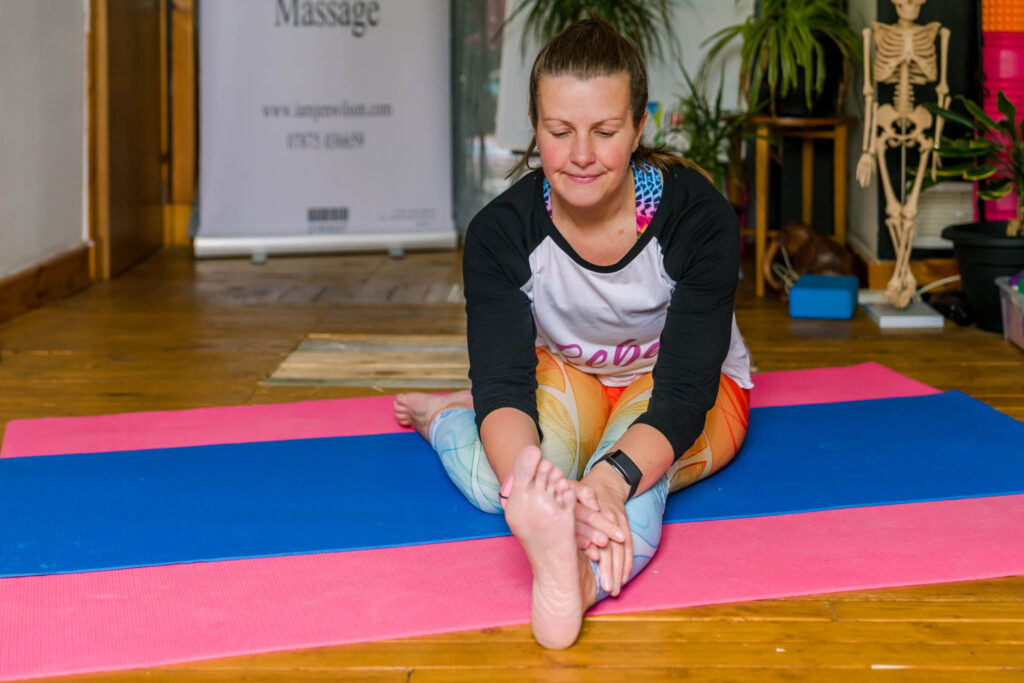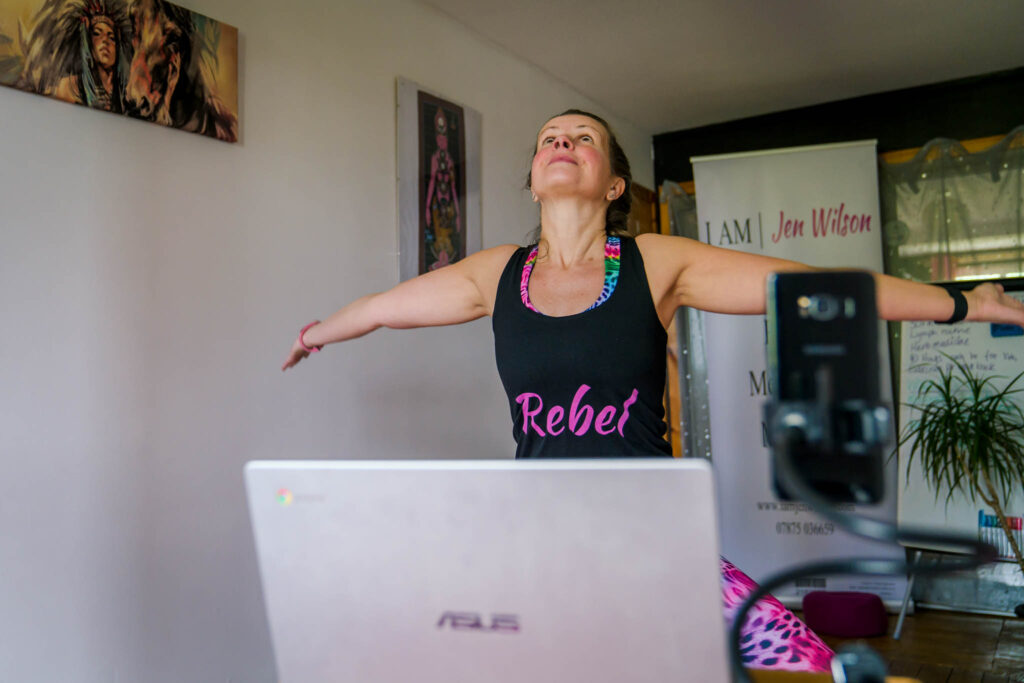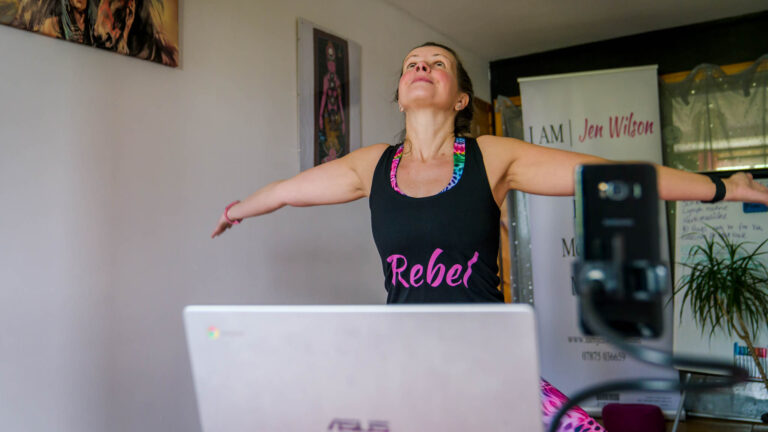I love movement. Even in stillness, there is always movement in your body: with your breath, the lungs, chest, diaphragm, and organs all move, and with your heart beating, blood flows. The unseen microbes are processing and moving our food and drink through our body, and hormones are being released in connection with our rhythms, the 24-hour circadian cycle. Then women also have the 28-day (approx) cycle and the seasonal cycles.
Does that mean you are moving enough though? I talked on Monday about movement being medicine and that movement is essential to a healthy body.
In this video, I show how posture impacts the health of your lymph flow https://youtube.com/shorts/Tkqlk-sKLE0?feature=share
If you are sitting for a lot of the day, you must break that up.
Have you lost connection to your movement? Are you full of aches and pains and don’t know how to start? You are not alone. We get so busy in our heads that we forget about everything from the neck down until it calls out in pain – and then often we ignore it (I don’t recommend), promise that we will do something about it soon (which is a bit better, but you do need to do something about it!)or take a painkiller (which is something I would ask you to do only as an absolute last resort! painkillers might be readily available and very cheap to buy, but that doesn’t mean that they are harmless. They are very damaging to the gut, and you know, aside from movement, gut health is a passion).
Pain is the body calling out for attention; ignore it, and it will eventually stop you in your tracks and demand you pay attention – I speak here from experience!
Are you ready to pay attention & give your body some love?
The first step in many meditation and mindfulness practices is to bring awareness into your body to connect with how it feels. In Yoga, the word asana – which we in the West associate with movement practice actually means ‘seat’. Asana is about moving the body to get into a comfortable seat.
At the start of my classes I get the participants to take a moment to notice how their body is feeling in that moment. How are they holding posture? What parts of their body are calling for attention?
I often hear a tone of surprise in clients’ voices when they start to become aware of their own bodies. It’s like they have just been introduced to an old acquaintance they just happen to have lived in their whole life.

Reconnecting with your body and movement is life-changing. I shared my recent movement journey in Monday’s post. My clients have incredible stories too.
One client said to me recently ‘you have given me my life back’. Obviously she did all the work, and did her homework, I showed her the tools to reconnect. She has been diagnosed with a list of different ailments that would possibly put some people off doing exercises. But, she knows that she needs a strong body to keep her independence and wants to work within her limits so she improves without causing harm. Seeing someone’s energy and confidence glow as their posture and strength improve brings me so much joy.
Another client, now in her 70s, has been with me for nearly 13 years; she still regularly goes skiing and hillwalking and actively looks after her grandkids. When she has missed a few weeks of classes, she reports that her body (and her) missed class. She always feels so much better after doing class.
I have another client who has been with me for over 10 years, and I regularly get photos of her doing handstands on a beach or of her out on a walk or bike ride somewhere or from some circus class she has been along to. She is inspirational and has one of the most positive outlooks on life. She has had both her hips replaced; she came back to class only a couple of weeks after her operations (to do her physio exercises); she also has osteoporosis and arthritis. Her attitude is she wants to do all the things she can while she can.
When I have worked with the MS Society groups, they report seeing vast improvements in their body’s ability to move and how our movements can feel like work but are also very claiming. They really appreciate the time to connect breath and movement.
Among the other health issues I talked about on Monday, there are also links between lack of movement, increased rates of anxiety and depression and reduced resilience to stressful events. I know that if you are struggling with either, it can feel overwhelming, or you just don’t have the motivation to do anything. But, if you can find a way to do something, it will help you feel better.
So what can you do?
First, you need to be aware of what you currently do and what and where in your body you feel limitations or pain. If you are sedentary, can you do as suggested on Monday, set a timer for every 20-30mins and move around for 3 mins? Can you get out for a 5-minute walk and gradually build on that?
If you already exercise regularly, check if you are always moving in the same way, e.g. walking, running, cycling, and squatting have the same joints moving in the same direction – which is in no way a bad thing, but can you bring some variety into your movement?
Don’t know where to start or how to mix things up? Book a free 15-minute consultation, and we can talk about what’s going on and how I can help https://bookme.name/iamjenwilson/11-consultation

